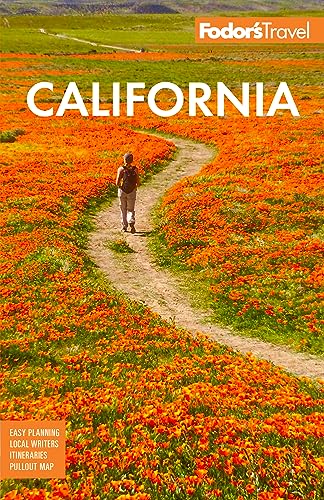In contrast to San Francisco's buzz and beauty and Berkeley's storied counterculture, Oakland's allure lies in its amazing diversity. Here you can find a Nigerian clothing store, a Gothic revival skyscraper, a Buddhist meditation center, and a lively salsa club, all within the same block.
Oakland's multifaceted nature reflects its colorful and tumultuous history. Once a cluster of Mediterranean-style homes and gardens that served as a bedroom community for San Francisco, the town had a major rail terminal and port by the turn of the 20th century. Already a hub of manufacturing, Oakland became a center for shipbuilding and industry when the United States entered World War II. New jobs in the city's shipyards, railroads, and factories attracted thousands of laborers from across the country, including sharecroppers from the Deep South, Mexican Americans from the Southwest, and some of the nation's first female welders. Neighborhoods were imbued with a proud but gritty spirit, along with heightened racial tension. In the wake of the civil rights movement, racial pride gave rise to militant groups like the Black Panther Party, but they were little match for the economic hardships and racial tensions that plagued Oakland. In many neighborhoods the reality was widespread poverty and gang violence—subjects that dominated the songs of such Oakland-bred rappers as the late Tupac Shakur. The protests of the Occupy Oakland movement in 2011 and 2012 and the Black Lives Matter movement more recently illustrate just how much Oakland remains a mosaic of its past.
Oakland's affluent reside in the city's hillside homes and wooded enclaves like Claremont, Piedmont, and Montclair, which provide a warmer, more spacious alternative to San Francisco. A constant flow of newcomers ensures continued diversity, vitality, and growing pains. Neighborhoods to the west and south of the city center show signs of gentrification as the renovated downtown and vibrant arts scene continue to inject new life into the city. Even San Franciscans, often loath to cross the Bay Bridge, come to Uptown and Temescal for the nightlife, arts, and restaurants.
Everyday life here revolves around the neighborhood. In some areas, such as Piedmont and Rockridge, you'd swear you were in Berkeley or San Francisco's Noe Valley. Along Telegraph Avenue just south of 51st Street, Temescal is littered with hipsters and pulsing with creative culinary and design energy. These are perfect places for browsing, eating, or relaxing between sightseeing trips to Oakland's architectural gems, rejuvenated waterfront, and numerous green spaces.






